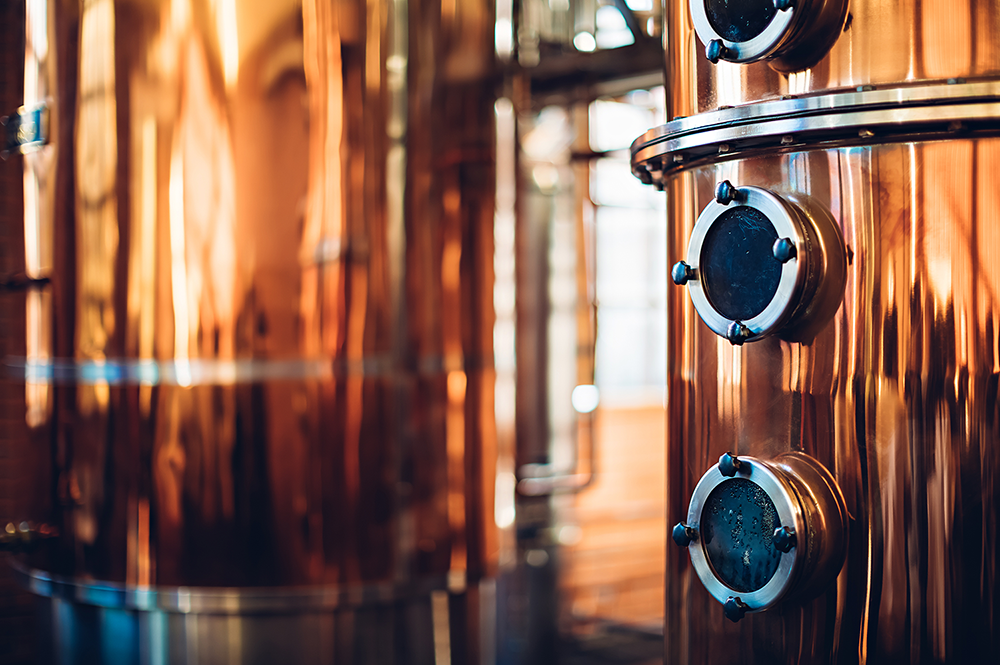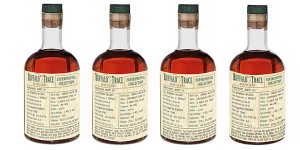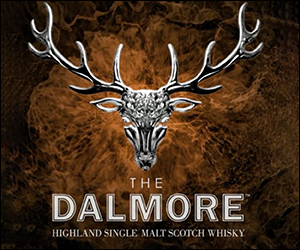Stories
Whisky is a passion to explore. From the history of the spirit to the evolution of the industry, the story of whisky helps fuel that passion. Often, it’s easy to forget that whisky is also a global multibillion dollar industry. The stories of whisky — from news and new releases to in-depth inquires and what goes on behind the label — blend together to help us appreciate the spirit of whisky.

Buffalo Trace Experiments With Wheated Bourbons
 July 9, 2013 – Bourbon distillers have their own unique ways of making America’s native spirit, and each one will tell you a different tale — if you can get them to tell you at all. Some distillers swear that putting spirit into a barrel at a high entry proof (the percentage of alcohol) makes the end result better, while others claim using a lower entry proof leads to a smoother whiskey.
July 9, 2013 – Bourbon distillers have their own unique ways of making America’s native spirit, and each one will tell you a different tale — if you can get them to tell you at all. Some distillers swear that putting spirit into a barrel at a high entry proof (the percentage of alcohol) makes the end result better, while others claim using a lower entry proof leads to a smoother whiskey.
Why not put spirit straight off the still into the barrel, undiluted? First off, it’s not legal. U.S. law requires that Bourbon be matured in new oak barrels with an entry proof of no more than 125 proof (62.5% ABV), and at most distilleries, the spirit comes off at a much higher proof level. Second, there’s the issue of consistency. Stills can generate spirit at slightly different strengths depending on the time of year, and when one’s looking to create a whiskey with a consistent taste, it helps to start creating that consistency early in the process and use a consistent entry point. There are other reasons, but they would require a degree in chemistry to explain.
Buffalo Trace’s latest Experimental Collection release tests the various hypotheses on entry proof, especially when it comes to wheated Bourbons such as the W.L. Weller and Pappy Van Winkle whiskies. Back in late 2001, the distillery took a wheated Bourbon mashbill coming off the still at 130 proof (65% ABV), and split the spirit four ways when it was filled into casks:
125 Proof (62.5% ABV), the maximum allowed under U.S. law;
115 Proof (57.5% ABV), very close to what Buffalo Trace uses for wheated Bourbons;
105 Proof (52.5% ABV),
90 Proof (45% ABV).
The casks were matured under identical conditions for 11 years and 7 months, then bottled at 90 proof (45% ABV) for the latest Experimental Collection release.
The key finding: the higher the entry point, the more lost to evaporation over time during maturation. The casks filled at 62.5% ABV lost 71% of their contents to evaporation, while the casks at 57.5% ABV lost 73%. By comparison, the casks filled at 52.5% ABV lost 62% of their contents and the 45% ABV casks lost 64%. However, Buffalo Trace’s internal quality analysis panel rated the 115 Proof (57.5% ABV) casks as the best-tasting spirit. In a news release, Buffalo Trace master distiller Harlen Wheatley said the study helped confirm his team’s suspicions:
“This was an interesting experiment for us to conduct, and by keeping all of the variables consistent such as the proof off the still, aging time and placement next to each other in the warehouse, we were able to focus just on the entry proof into the barrel and see how it affected taste and evaporation rate. We were pleased that what we consider the ideal entry proof for a wheated bourbon, at 114 proof, was pretty close in proof to what we evaluated to also taste the best in this experiment – which was the 115 proof experiment. It was gratifying to see that we have been on the right track this whole time with our entry proof for our wheated recipe bourbons. Another point of interest is the higher entry proofs, the higher the evaporation rates, which is something we’ve always suspected but now know for a fact.”
All four recipes will be available in limited quantities at whisky specialist retailers in the U.S. in 375 ml bottles, with a suggested retail price of $46.35 each.
Links: Buffalo Trace





